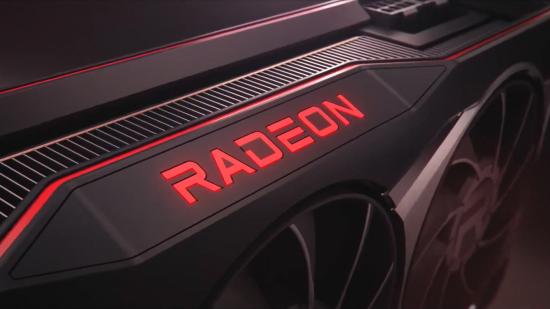Ray tracing is a luxury that’s usually associated with new GPU technology. However, thanks to the efforts of a Direct3D developer, older AMD cards can now, unofficially, enjoy the benefits of fancy rendering and lighting tricks on Linux.
According to Phoronix, developer Joshua Ashton’s has submitted a merge request that includes ray tracing support for past generations of AMD GPUs. This is something that Ashton states is achieved by “emulating the AMD bvh intersection instructions in software”. Naturally, the unofficial RADV driver support will enable ray tracing on Navi, Vega, and Polaris cards, but the features won’t necessarily work as intended.
While the magic of emulation is enough to make using the drivers possible, AMD’s legacy lineup lacks physical Ray Accelerators, something that’s integral to performance when it comes to ray tracing tasks. Even with dedicated GPU cores, the light rendering technique is enough to make even Nvidia RTX and AMD Radeon RX cards sweat. That said, Ashton’s merge request states that the process “passes CTS the same as on RDNA 2 cards”, so perhaps the software solution will yield some surprising results.
Getting hold of a new graphics card in 2021 is no easy feat, so Ashton’s Vulkan port could be a temporary alternative for anyone wanting to experience ray tracing on their current rig. However, if you prefer settings that boost fps over fidelity, you’ll probably want to sit this experiment out.
